
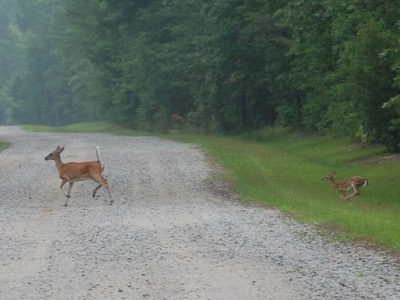
Fall asleep to the sound of the barred owl and wake up to warblers announcing a new day. Fourteen individual campsites are available at Chalk Banks for family camping. Each site has a table, lantern holder, trash can and fire pit.
Please contact the park for more information and to make required reservations.
Click here for Contact.
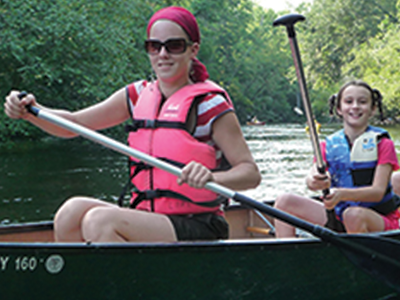
One of the best ways to experience the unique characteristics of the Lumber River is by paddling down its mysterious black waters.
You’ll experience miles of natural settings that one would normally expect in highly isolated areas. Paddlers can select between a variety of paddling challenges and trip lengths. Trips can vary from one hour along some river sections to several days navigating the entire river.
The river provides a variety of flatwater opportunities. The upper sections of the river require greater paddling skills than the lower sections because of fallen trees, narrow stream widths, and somewhat swifter water. The meandering nature of the river and the force of unseen currents provide challenging variations in navigability to paddlers.
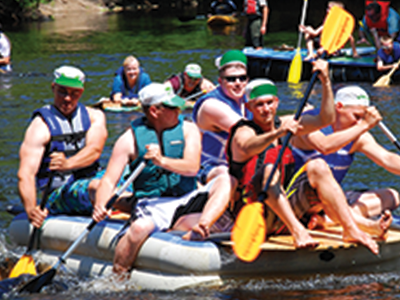
The Lumber River, which meanders along the border between Scotland, Hoke, Robeson and Columbus counties before heading further south for its rendezvous with the little Pee Dee, was so named for its 19th century use as a means of transportation for timber harvesting in the watershed. Poet John Charles McNeill argued persuasively that the name actually came from a Lumbee word meaning “black water.”
The river boasts 81 miles under protection as a wild and scenic river. This is especially true of the Scotland County section, which remains undeveloped for virtually its entire length. This section of the Lumber River Canoe Trail is narrow and somewhat swifter than lower sections. Canoeists and kayakers should check river levels and be wary of fallen trees and sandbars.
The Lumber supports outdoor recreation and river festivals, as well as boating, fishing and picnicking.
In Scotland County, your best bet is to begin at Chalk Banks Access near Wagram at the uppermost end of the accessible section of river. In addition to scenic viewing, this recreation area is ideal for picnicking and is equipped with public facilities.
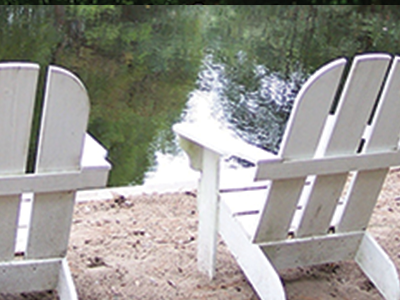
Anglers can fish from a boat or along the riverbank. A popular fishing stream, the Lumber River receives considerable attention from anglers across the State.
The river has historically provided excellent fishing for various sunfish, largemouth bass, catfish and chain pickerel. The river supports a diverse fish assemblage and a high-quality sport fishery, especially for redbreast sunfish and largemouth bass.
Sampling conducted by the NCWRC categorizes the redbreast sunfish population in the Lumber River as a high-quality fishery; many southeastern anglers rate the Lumber River as the premier riverine sport fishery for bluegill, redbreast, and red ear sunfish in the State.
The Lumber River also supports unique fish species designated of "special concern" by the state of North Carolina, including the pinewoods darter.
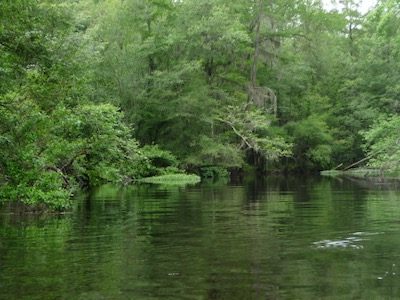
The first Settlers to the area called the Lumber River Drowning Creek. The River got its name for its dark swift moving waters. In 1809, the North Carolina state legislature changed the name of Drowning Creek to the Lumber River. The Headwaters are still referred to as Drowning Creek. The Lumber River runs through four counties Scotland, Hoke, Robeson, and Columbus. The Lumber River flows into South Carolina’s Pee Dee River, the Great Pee Dee River, Winyah Bay and then the Atlantic Ocean.
Native Americans
American Indians used the river as a way of life. Many American Indian settlements were made along the banks of the Lumber River. American Indians hunted, fished, and navigated the waters of the Lumber River.
Revolutionary War
Drowning Creek as the Lumber River was called in its day was used as a safe haven for troops to camp and rest after skirmishes between the (Swamp Fox) Francis Marion and Tory’s.
Civil War
The Lumber River was used as a hideout for deserters during the Civil War. Sherman’s famous march passed through the area leaving a path of destruction. Sherman crossed the Lumber River at several places. The Gilchrist bridge was a major crossing point which is now located at Chalk Banks. The stone bridge that is currently there was built in 1922.
Henry Berry Lowry and the Lowry Gang were very active along the Lumber River. The Lowry Gang used the river and swamps as a hideout. Henry Lowry has been sort of a Robin Hood figure to the locals.
The 19th Century
In the late 18th and the early 19th centuries the lumber industry was flourishing along the Lumber River. The Lumber River became a vital route for transporting 100-foot logs downriver.
Mid 19th Century
Fishing and Swimming were popular along the Lumber River. Moonshine Stills were very active and were, typically hidden just off the river in streams and swamps.
Today
Lumber River State Park was first established in 1989 to help preserve the river for future generations to come. The State Park also offers many recreational opportunities for visitors to enjoy. Hiking, Camping, Picnicking, Nature programs, Fishing, Wildlife viewing, and Canoeing are just a few of the activities offered at Lumber River State Park. The newest addition to Lumber River State Park is Chalk Banks Access Area near Wagram.

Lorem ipsum dolor sit amet, consectetur adipiscing elit. Ut elit tellus, luctus nec ullamcorper mattis, pulvinar dapibus leo.